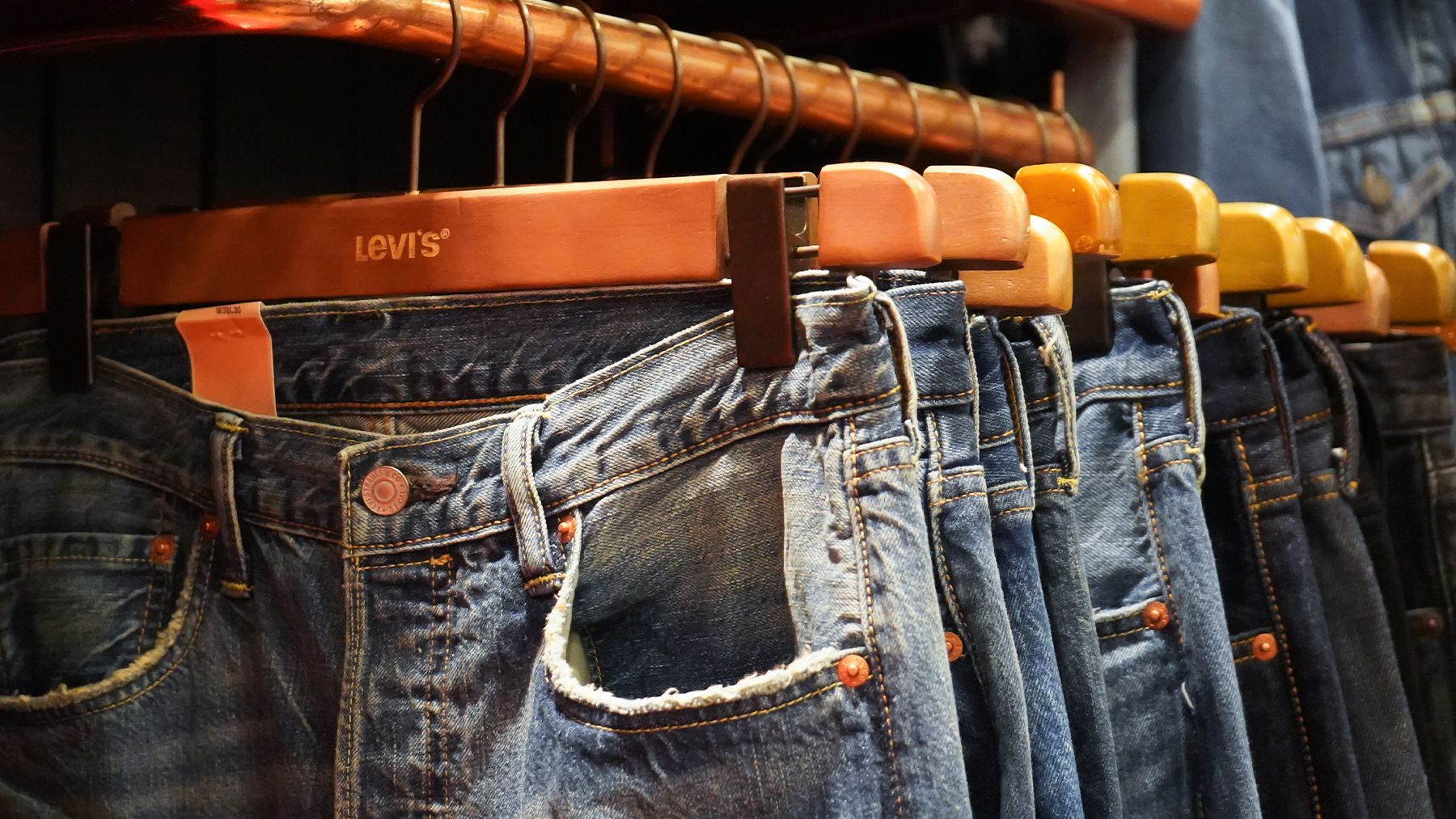
Surging inflation has put fashion businesses in a tough position. They can generally either raise prices and risk losing shoppers, or absorb the higher costs and let their margins take the hit.
Retailers that manage to walk the narrow path between those scenarios are richly rewarded. Levi’s, for one, said in its strong recent quarter that it was able to raise average selling prices in the period by 10 percent without seeing a drop in demand, allowing it to mitigate rising costs of raw materials and logistics.
Levi’s relied on more than gut instinct and market research to find the sweet spot where it could sell its denim.
“These decisions are instructed by powerful proprietary technology and analytics, including artificial intelligence and methodical analysis of price elasticity,” chief executive Chip Bergh told analysts and investors on an Apr. 6 call to discuss the results.
Levi’s first applied AI to pricing around the outset of the pandemic to determine promotions, a practice it now has deployed in 26 countries. It realised it didn’t have to discount as much as competitors, or in some cases at all. The company has credited AI with contributing to the growth of its margins over the last year and a half. In its latest quarter, gross margins reached 59.3 percent of net revenues, up from 55.7 percent pre-pandemic, as Levi’s saw more direct-to-consumer sales as well as “lower promotions, higher share of full-price sales and price increases,” it said.
A growing number of companies in all sorts of industries are building pricing models proponents say are more precise and adaptable. At the extreme end, some food and beverage companies, and most famously, Amazon, use AI to enable dynamic pricing, where the cost of an item changes frequently in response to market conditions.
Fashion brands aren’t there yet. But more brands are, like Levi’s, exploring what’s beyond standard markup-over-cost formulas and off-the-shelf pricing software. While these efforts go back years at some retailers, they are getting new attention as major economies from the US to Germany to China grapple with high inflation.
Getting results with AI, however, entails collecting and cleaning large volumes of data, which can be challenging and labour-intensive. Predictions also become shakier the further into the future they extend — part of the reason AI models tend to be used mostly for shorter-term decisions in fashion, such as determining end-of-season discounts.
Companies can find the returns worthwhile, though. McKinsey noted in late 2018 that some fashion companies using advanced analytics in pricing saw a margin and sales lift of three to six percentage points.
The Price Is Right
Probably the biggest difference between old and new pricing methods is the volume and variety of data they use.
The measure of how much consumer demand changes relative to shifts in price is called price elasticity. Traditional pricing software estimates it using a straightforward, rules-based approach, according to Michael Orr, product marketing director at Blue Yonder, which has developed its own AI software used by fashion retailers such as Orsay, Bon Prix and BestSecret. If the cost of a raw material increases by a certain percentage and you want to maintain your margin, you increase price by a certain amount. Or you can do competitive pricing and say a competitor dropped their price by a certain percentage, so if you want to match it or beat it to maintain sell-through, you drop your price by that much as well.
But AI can also take into account other types of data, like detailed weather forecasts, to produce more comprehensive price-elasticity models. Orr said Blue Yonder’s AI incorporates around 20 separate weather factors, such as dew points, maximum and minimum forecasted temperature, and sunrise and sunset times.
Levi’s, which developed its own AI, has found that the slight temperature differential between Rome and Milan is enough to affect shopping behaviour in those cities, said Katia Walsh, the company’s senior vice president and chief strategy and artificial intelligence officer.
The company’s traditional approach to pricing was based on data from competitive intelligence and market research, and “was still grounded in intuition and consumer surveys,” she explained. Merchants and planners are still involved, but now Levi’s can work thousands of data points into AI models that allow it “to predict the optimal price at which a consumer would purchase each of our thousands of products in our portfolio around the world,” according to Walsh.
“They’re even specific to the fit and finish,” she said. “So our classic iconic 501s for example, we know what the optimal price is not just for 501s but a specific dark finish, specific fit of 501 in various parts of the world.” (Levi’s is now using AI for pricing and promotions in 26 countries.)
The data can include standard elements, like what Levi’s charged in the past for an item and its sales history, but also weather, economic outlooks, consumer sentiment and social-media trends. Some of these data sources are more predictive than others, Walsh said, but she added that the ability to combine disparate sources into a model is what makes it effective.
Dynamic Pricing
One issue both Walsh and Orr acknowledged was that these large volumes of data need to be cleaned of issues like errors and inconsistencies. A model will come up with very different suggestions for discounting a tank top if you mix up celsius and fahrenheit in the weather forecast.
The pricing decisions fashion retailers make with AI still tend to be nearer-term, like whether or how much to mark down items for clearance sales, not so much for setting initial prices. That’s because AI models are more accurate when predicting near-term scenarios, according to Orr. On a longer timeline, the variables can change repeatedly, though he pointed out that traditional pricing software suffers from the same shortcoming.
In the first half of 2022, however, Levi’s has started using AI to set initial prices as well.
One potential advantage of AI’s rapid near-term predictions, though, is that they can enable companies to respond faster to changing market dynamics. It’s conceivable fashion companies could even one day use AI for dynamic pricing.
“I think that companies are looking into this,” said Simeon Siegel, managing director of equity research at BMO Capital Markets. “We’re in very early stages of trying to figure out how to benefit from dynamic pricing without causing backlash.”
In Orr’s view, there’s resistance from retailers who don’t think consumers would accept it, even if they’re already accustomed to prices for Uber rides, hotel rooms and items on Amazon changing throughout the day. In fashion, retailers generally won’t even do store-specific pricing, he pointed out, noting the added wrinkle that clothes sold in physical shops tend to have attached price tags that would need changing too.
On the other hand, Siegel said that price doesn’t exist in a vacuum: shoppers and retailers alike already allow that the same item is priced differently when sold in an outlet store.
The idea of pricing that’s more fluid, allowing retailers to adjust to market conditions and even potentially different shoppers, is a seductive one for companies picturing the perfectly optimised marriage of margins and sell-through.
“Are we there in any meaningful capacity yet? No,” Siegel said. “Are we moving towards that direction? I think so.”



